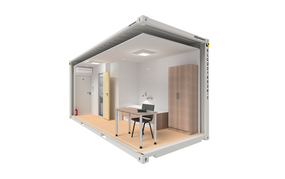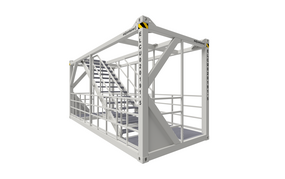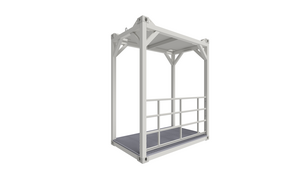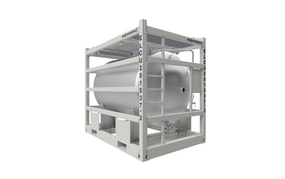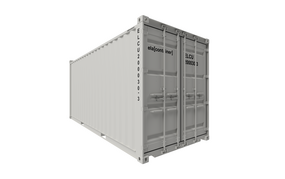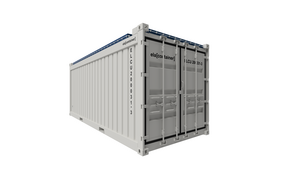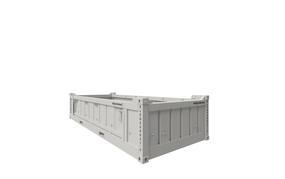FAQ
How are the offshore containers transported and installed on the Cable and Pipe Layer?
In production, the offshore containers are pre-assembled according to their destination so that they can be quickly connected upon arrival. In case of larger container systems, appropriate markings indicate the assembly sequence, which is immensely important for logistics. Thanks to the roadworthy size of the individual modules, they can be easily transported by truck to the port and loaded onto the ship there. The mobile rooms have so called "handover points" where they can be connected to the system on board or on the platform. They are quickly integrated into the safety and communication system.
How long does it usually take from enquiry to offer?
Of course, we need some information before we can plan. We need to know how many people will be accommodated on the cable and pipe layer and if additional facilities such as a fitness room or a dining area with kitchen are required. Once we know the available space and the location, the planning can start. We can create a 3-D drawing and make a quote in two hours. We can provide all available certificates beforehand, so that you can discuss the formalities in advance.
Which regular inspections of the offshore containers are carried out?
All our offshore containers are checked thoroughly to company standards before they are deployed. This includes testing all electrical components, ensuring adequate air circulation and testing of the wastewater and freshwater systems to name a few. All these tests are performed by our staff and completed prior to shipping the units. In addition to our company testing protocols, we have to comply with the mandatory external inspections as well. As the units are DNV2.7-1 or DNV2.7-3 certified, they are re-certified annually and have NDT (non-destructive testing) at least once per 48 months. Standard testing is done by certified external parties, but should you have any particular request or requirement, we are open to third party inspections as well.
When is it worth buying the offshore containers and when is it worth renting them?
This depends on the rental period. If the period is longer than two years, you should consider whether it would make sense to buy the offshore containers. We would always advise buying if it is clear from the outset that the construction project will take longer than two years. ELA can offer attractive financing options here. You can also buy rented offshore containers if it turns out during the rental period that the project will take longer than two years. We are happy to advise you on this. In the offshore industry, requirements can change quickly and you have to be able to react quickly. About 80 per cent of our customers therefore prefer to rent the containers for a specific period of time. If you have a temporary requirement, the rental option could be ideal for you because you only pay for what you need. Furthermore, no CapEx is required to realize even the largest projects. Last but not least, the rental option reduces the carbon footprint and offers a more sustainable solution.
How is the wastewater handled?
The disposal of wastewater is one of the biggest problems in offshore projects. To overcome this problem, we can offer our 20ft ELA Offshore Wastewater Tank. This can be easily combined with all other 20ft ELA Offshore Accommodation Containers. Its capacity is approx. 5m², which is sufficient for about 25-30 days at a quantity of wastewater of 150 liters per day.
What are the uses of the offshore accommodations on Cable and Pipe Layer?
The offshore containers can be used as living quarters, office rooms, meeting rooms, dining rooms, kitchens as well as sanitary rooms and toilets, locker rooms, laundry rooms and drying rooms. Furthermore, they can be equipped as recreation rooms, gyms, small galleys, storage facilities and more.





